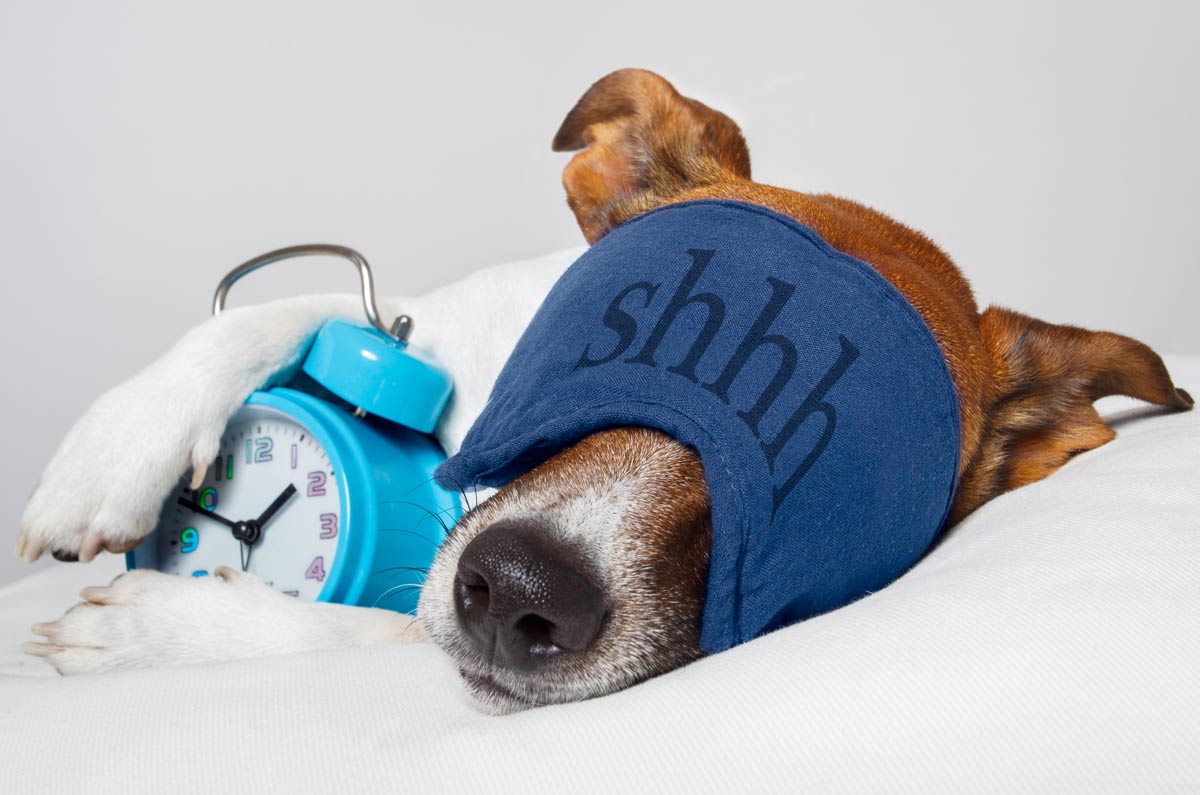Does anyone else feel like things are going slightly pear shaped at the moment? The COVID-19 pandemic has really thrown us for a spectacular loop.
It’s understandable that a lot of us are feeling anxious, worried and scared – it’s a pandemic for goodness sake, it’s normal for us to be feeling this way. However some people are taking it to the extreme and stockpiling loo paper, food, soap and now medications.
While it’s important to ensure you have your prescription/s filled, and that you have enough of the usual over-the-counter medications you would normally have headaches, sore throats etc, there’s no need for us to lose our minds and go overboard.
Stockpiling – it’s just not necessary
Panic buying has led to certain medications – both prescription and over-the-counter – having limits placed on them to ensure that we don’t run out. Common medications such as paracetamol, asthma puffers, insulin and EpiPens are now restricted
The Therapeutic Goods Administration (TGA), which is responsible for regulating the import, supply and manufacture of therapeutic goods in Australia, have stated that “as of 6 March 2020, the TGA has not received any notifications of medicine shortages in Australia that are a direct result of COVID-19. Therefore, while it may be appropriate for individuals to ensure that they have at least two weeks supply of prescription medicines in the unlikely event they are quarantined, any stockpiling of medicines is unnecessary.”
So please everyone, breathe. Make sure you have what you need, but don’t take more than that. There’s just no need for it. Let’s all take a deep breath and remember we’re all in this together.
The problem with hydroxychloroquine (Plaquenil)
Unfortunately, there’s one medication we know has become difficult to access in Australia. Hydroxychloroquine (Plaquenil) is used by people with rheumatoid arthritis, lupus, juvenile idiopathic arthritis and other autoimmune diseases. There’s been a rush to access this prescription-only medication after US President Trump mentioned that it was a “game changer” in the treatment of COVID-19.
Sadly, there have been reports from overseas that people taking these medications, to treat/prevent COVID-19, have become seriously ill. One man has died.
Thankfully on 24 March, the TGA announced that they were placing new restrictions where “only certain types of specialists will be able to prescribe hydroxychloroquine to new patients”. This is great news as it will help to ensure hydroxychloroquine is available for people with musculoskeletal conditions who need it to keep their symptoms under control.
And then there was ibuprofen
Common brands include Nurofen, Advil, Celebrex, Naprosyn and Voltaren.
There’s been quite a bit of confusion about the anti-inflammatory medication ibuprofen, which is used by many people with musculoskeletal conditions.
Initially the World Health Organization (WHO), stated that ibuprofen could make some symptoms of COVID-19 worse. This was based on a study published in The Lancet. But that’s been debunked
The WHO had to do a backflip stating that “based on currently available information, WHO does not recommend against the use of ibuprofen…we are consulting with physicians treating [COVID-19 patients] and are not aware of reports of any negative effects, beyond the usual ones that limit its use in certain populations”.
In Australia the TGA has stated that “there is currently no published peer-reviewed scientific evidence to support a direct link between use of ibuprofen and more severe infection with COVID-19. We will continue to monitor this issue”.
So at this stage, if you’re currently taking ibuprofen, or another NSAID, as prescribed by your doctor, don’t stop taking it without discussing with your doctor.
What if you can’t get out to get your medications?
If you’re self-isolating, sick or just can’t get out to get your medications, there are options for you.
- Call your family, friends, neighbours. If they’re able to get to the pharmacy for you, that’s great. Remember to keep your distance – practise physical distancing (for example, arrange to leave your prescription, list, money etc in a certain place so they can pick it up without having direct contact with you). Wash your hands thoroughly before you handle the items you are leaving to be picked up, and after you handle the items that have been delivered.
- Many pharmacies offer home delivery – so be sure to give them a call too.
- As part of the National Health Plan, telehealth can now be bulk-billed and Electronic Prescribing is being fast-tracked. There are options immediately available to support telehealth services so you can get medicine sent directly to you at home.
Please stay calm
I know this is easier said than done, but pharmacies are an essential service, and remain open after many other (non-essential) businesses were required to close on 23 March 2020. So you can still access your local pharmacist – in person, over the phone, via a family member/friend or through other technology – and get the information, medication and support you need.
And while there is a lot of confusion in our community about so many things at the moment, the government, at all levels, is trying to keep us safe and healthy, but these are extraordinary times. So we need to remain calm, work together and stay kind. We will get through this.
More to explore
- Access to health care and medicines
Australian Government Department of Health, updated 24 December 2021 - Being medicinewise during COVID-19
National Prescribing Service, updated 24 March 2020 - Coronavirus: how to access the medicines you and your family need
The Conversation, 23 March 2020 - COVID information
Australian Rheumatology Association - Malaria and arthritis drugs touted as potential coronavirus ‘cure’, triggering pharmacy rush
ABC News, 23 March 2020 - New restrictions on prescribing hydroxychloroquine for COVID-19
Therapeutic Goods Administration, 24 March 2020 - Stop prescribing, dispensing hydroxychloroquine for COVID-19: PSA
The Medical Republic, 23 March 2020 - TGA response to coronavirus (COVID-19)
Therapeutic Goods Administration, updated 19 March 2020


















